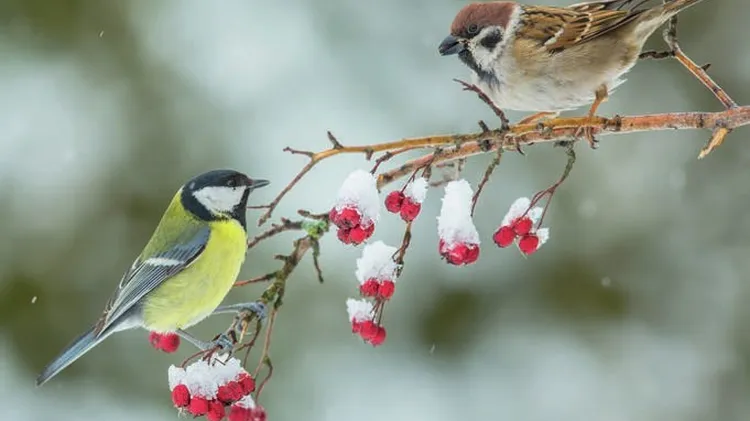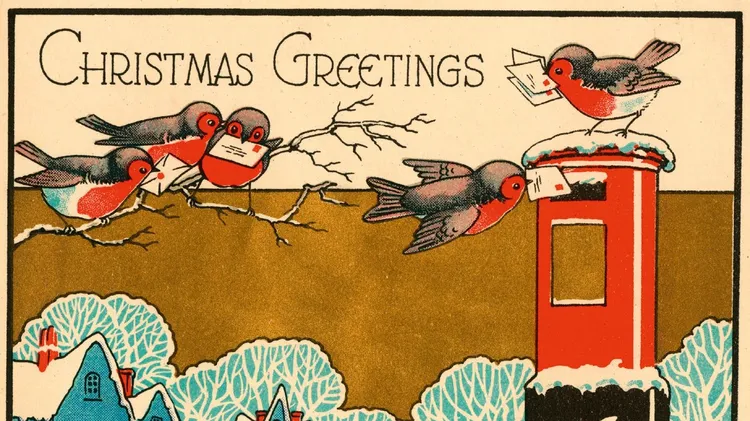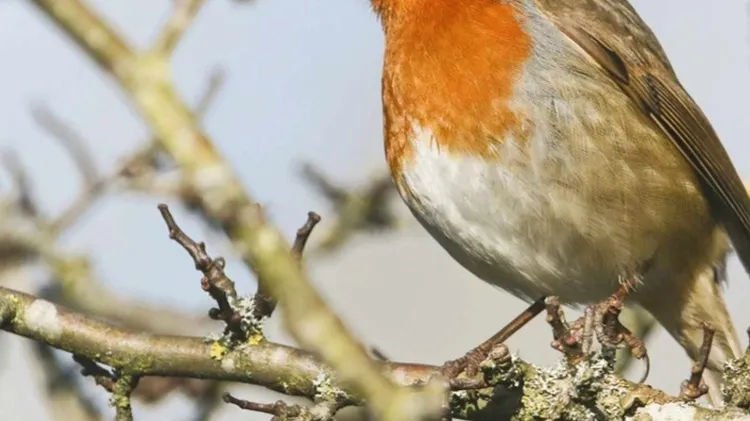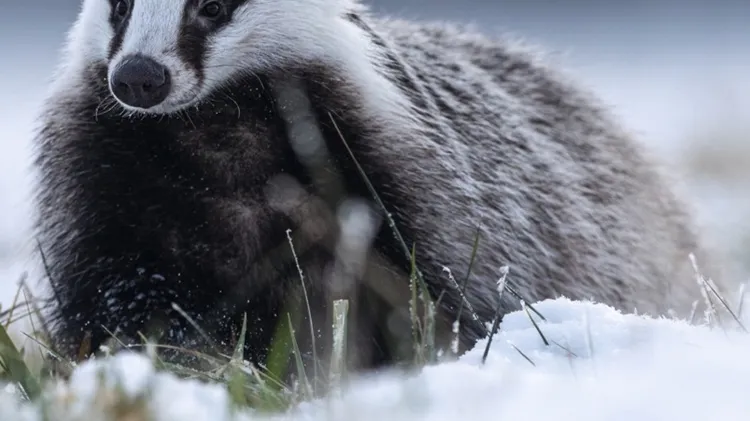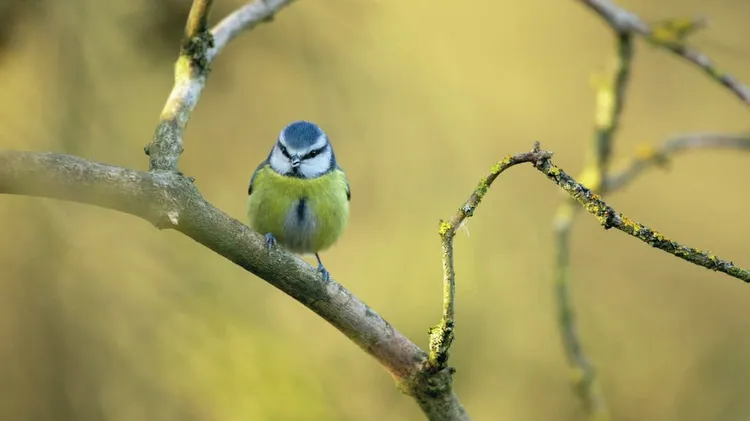Remember to look up this Christmas to enjoy gangs of ‘pied wags’ gath
Let’s get together
4 min read
This article is from...
Read this article and 8000+ more magazines and newspapers on Readly

